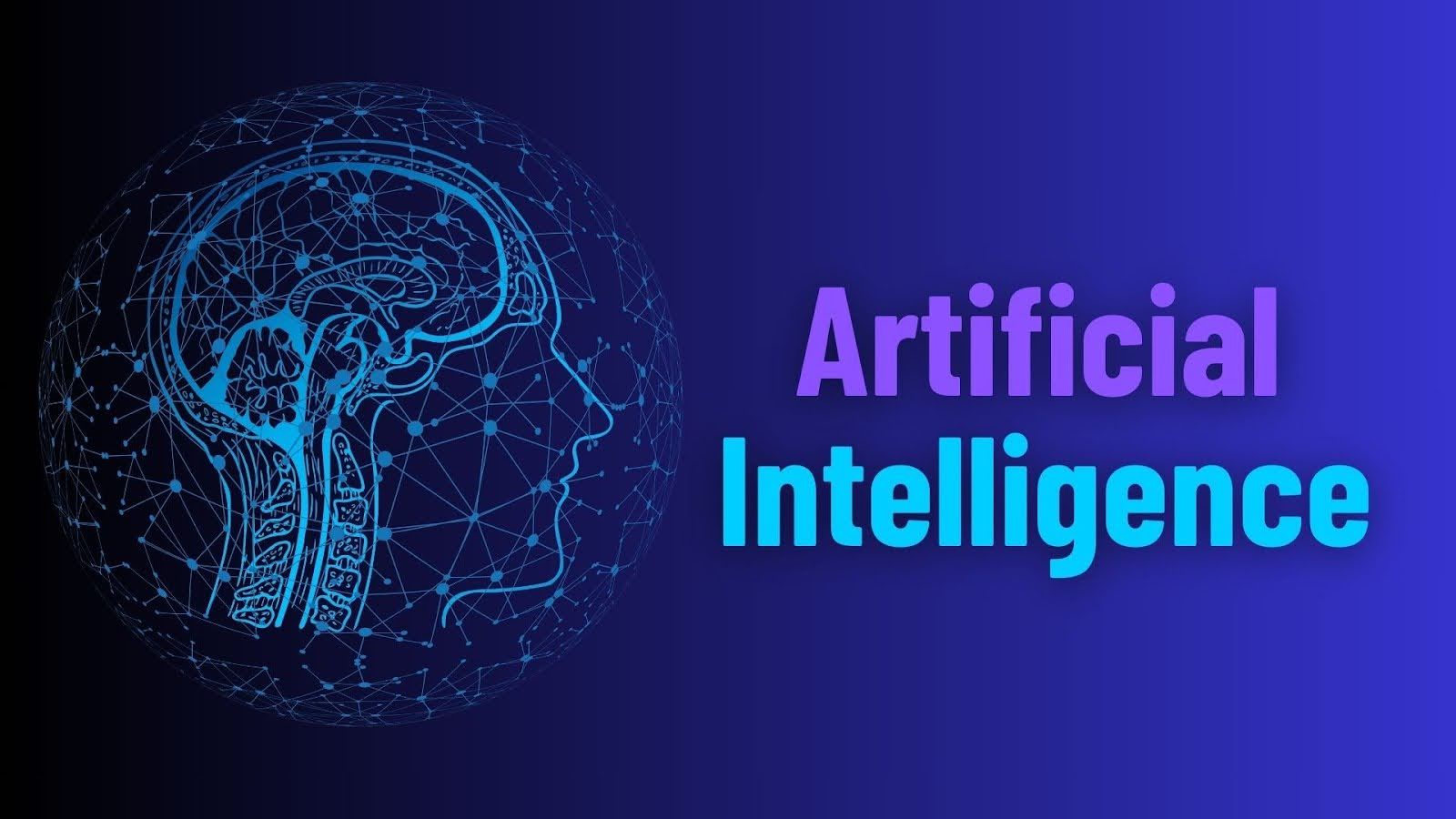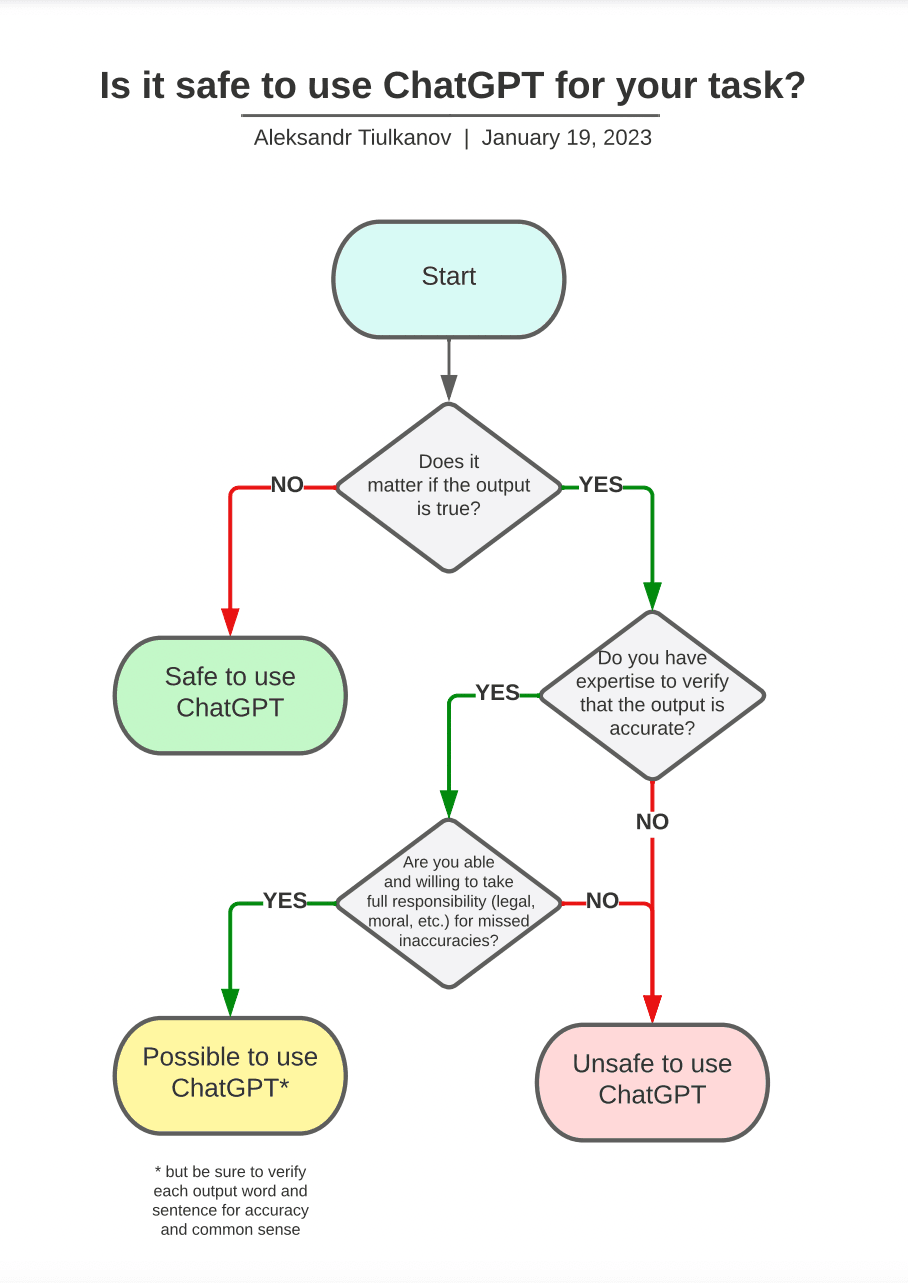
What is Artificial Intelligence (AI)?
Stryker and Kavlakoglu of the International Business Machines Corporation (IBM) Define Artificial Intelligence as “technology that enables computers and machines to simulate human learning, comprehension, problem solving, decision making, creativity and autonomy.” AI is a relatively young technology that has experienced leaps and bounds of development in the past several years. It is now an accessory to leading search engines, with Google offering an AI overview that answers questions in seconds, and compiles information from multiple sources to support the response. The powerhouse of the technology industry, Microsoft, has also released its own AI software called Copilot which has several iterations depending on desired use. Broadly, “Copilot combines advanced language models with your business data and your everyday productivity apps—such as Word, Excel, PowerPoint, Outlook, and Teams.” The goal of these AI programs is ultimately to assist its users quickly and accurately with human-like quality. Unsurprisingly, AI has become an attractive asset for professionals and students alike. Given the vast improvements of AI and new software advancements, what are the benefits and drawbacks of AI in traditional learning and work integrity?
How AI Assists with Learning
An advantage of AI is its implementation as a learning tool. ChatGPT, an AI model released by the company Open AI, generates responses to writing prompts and answers user’s questions in seconds, making it an invaluable brainstorming tool to students and professionals alike. A mere two months following its release, ChatGPT reached 100 million users with “unprecedented” growth. Aside from generating ideas and writing samples, AI has shown promise in the realm of teaching. In her article “AI will Transform Teaching and Learning. Let’s Get it Right” Claire Chen reviewed the discussion of AI at the AI+Education Summit held on February 15, 2023. In terms of educational benefits, Chen asserts AI can create student simulations and generate teaching and classroom feedback. With AI student simulations, the main goal is training new teachers. Further, citing Professor Percy Liang, Chen asserts that these mock-students can even respond with additional questions, or “demonstrate confusion” allowing teachers to adjust and improve their teaching style and quality with real-time reports. For experienced professors, Dora Demszky states that AI also has the capacity to monitor classes and identify which questions and exercises spurred student participation.
AI has the ability to generate and integrate resources that address the broad spectrum of methods students and professionals use to learn. For teachers looking to supplement their lessons, The University of Illinois cites generative AI as a useful resource in the creation of new learning material including “…activities, assessments, discussion prompts, and presentations…” In addition, the University stresses that AI programs have the potential to help students with disabilities or learning accommodations with “Tools that offer text-to-speech, visual recognition, speech recognition, and more…” AI can also simplify topics by generating infographics, images, charts, tables, etc. that aid in student understanding. By initiating a multidimensional, multimedia approach to learning, teachers can ensure that students are engaged and their learning styles are accommodated. Independent learners or professionals looking to brush up on their skills can mobilize the same techniques, generating graphics, prompts, and using AI tools to assist them in their work.
Drawbacks of AI use and Concerns with Integrity
One of the main concerns with AI from an educational standpoint is with students using AI to generate assignments and claiming it as their own work. For example, when a student receives an assignment such as: “write about the attack on Pearl Harbor in WWII in at least 500 words.” The prompt can be copied and pasted into ChatGPT or a similar AI language model which will then generate a response based on these parameters in seconds. Therefore, not only has the student avoided the research and critical thinking requirements of the assignment, but their work lacks integrity. There are similar concerns with AI summarizing videos and written media assignments. When AI is completing the work, the student is not engaging in quality learning or research. This is a notable concern in the workplace, especially within careers of writing and editing. AI has made it easy and accessible for individuals to simply click a button and generate essays or articles in seconds. On the flipside of this, because generative language models like ChatGPT are imperfect, these responses do not necessarily create quality material. AI can generate text that does not actually say anything of substance or directly answer a prompt. In addition to lacking substance, because AI is trained by humans and human materials, the University of South Florida LibGuide highlights that biases are a major issue: “Text or images generated by AI tools have no human author, but they are trained on materials created by humans with human biases. Unlike humans, AI tools cannot reliably distinguish between biased material and unbiased material when using information to construct their responses.” In essence, responses generated by AI are unable to conduct independent, quality research or complex thought. Humans are able to examine sources and determine their credibility and biases, while AI relies entirely on the source material fed to it during its training. The infographic below by Aleksander Tiulkanov demonstrates how to decide whether of not Generative AI such as ChatGPT should be used:

Finding Balance:
The key to the implementation of AI in learning is to use it cautiously and responsibly. Integrity is lost when independent work, research, and thoughts are replaced with generative AI content. Instead, there must be a balance; AI should supplement working and learning, not take its place. The current strengths of AI are in brainstorming, entertainment, organization, and graphic creation. AI systems that offer features such as talk-to-text and voice recognition are also a fantastic option for learners with hearing, visual, or physical disabilities; these programs make learning accessible and engaging. Further, AI can take notes during presentations, lectures, or meetings for the user to reference and study. Ultimately, AI can improve workflow and efficiency, but concerns with bias and overall quality remain. As AI increases its presence and capabilities, proceeding carefully is key to forging a relationship that is beneficial to learning.
